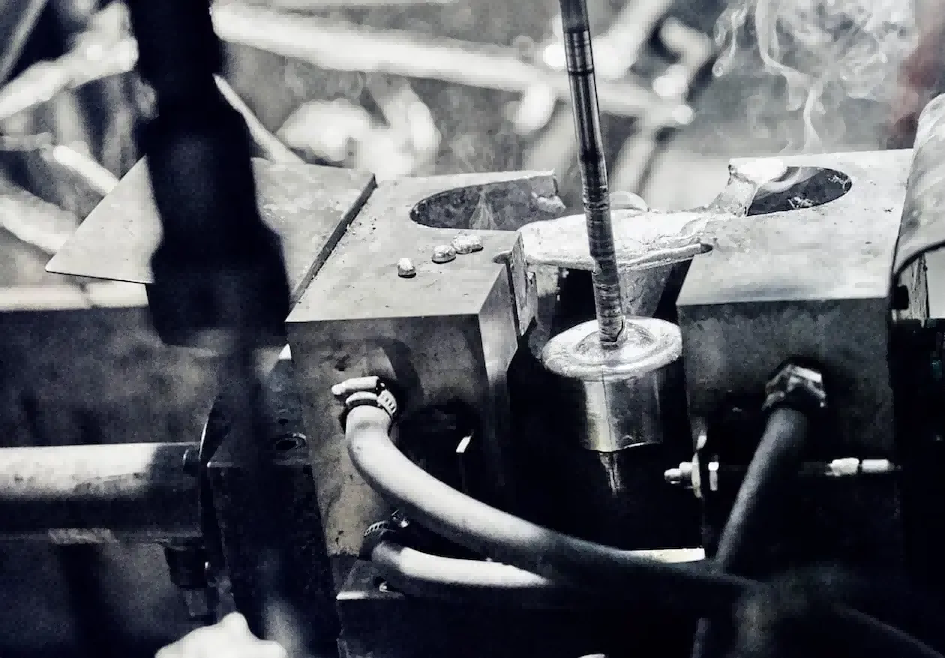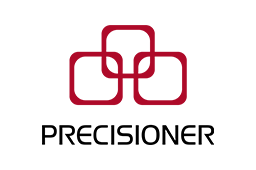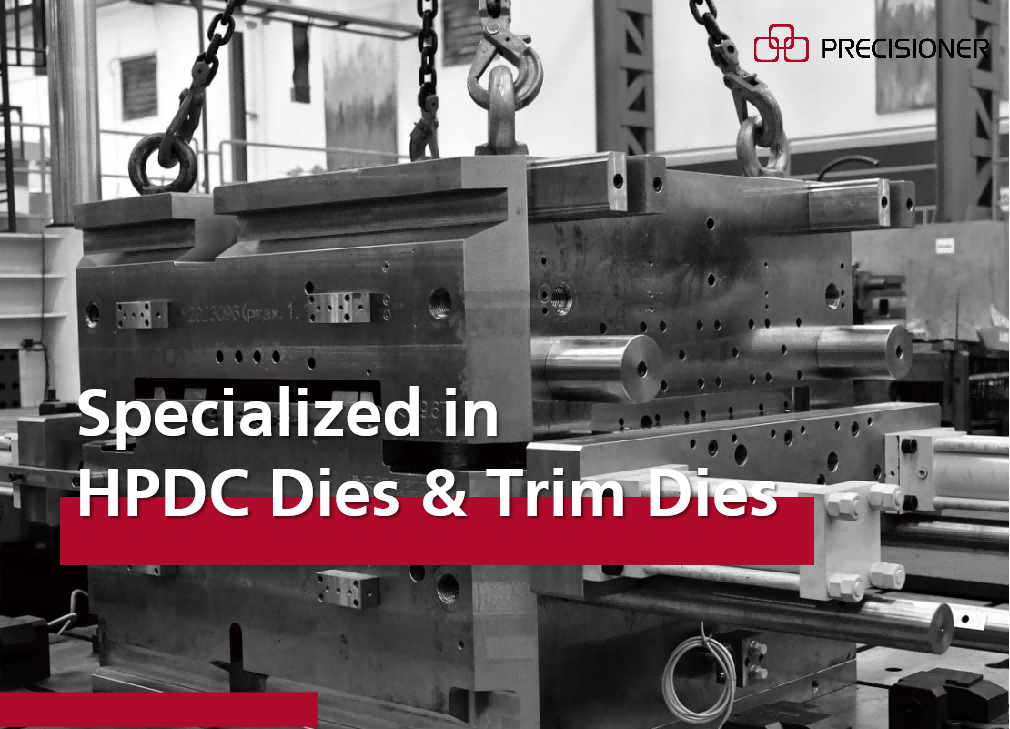When structural components like rear floors are produced in a single casting, it sounds like a breakthrough. Giga casting promises leaner manufacturing, lower weight, and fewer process steps. But is this really the one-size-fits-all solution for the European die casting industry? That’s the central question explored in a recent episode of Goldcasting, the podcast hosted by Fabian Niklas and Staffan Zetterström.

Their guest: Professor Martin Fehlbier, head of the Foundry Institute at the University of Kassel and organiser of the first International Giga Casting Conference. What followed was not a celebration of the biggest machines, but a thoughtful discussion about what’s possible, what’s needed, and what might be getting overlooked in the current hype cycle.
“I think it’s a dramatic change for production,” said Fehlbier. “Now we can have methods to save hundreds of parts in only one single casting. But it’s not a self-running process. You have to really think about what makes sense – for your part, your setup, your goals.”
Bigger isn’t always better
Asia is charging ahead. Chinese OEMs are installing 8,000–9,000 ton machines at breakneck speed. Tesla is already far down the road. In contrast, European manufacturers are taking a more deliberate path – and that might not be a bad thing.
“Volkswagen, for instance, says: use the right-sized machine for the right-sized part,” Fehlbier explained. “4,800 to 6,000 tons might be completely sufficient. And you can join large parts too – you don’t have to cast everything at once.”
For Niklas and Zetterström, the discussion around giga casting has become too narrow. “Everyone’s talking about machine size,” Zetterström said. “But no one’s really talking about productivity, or what these machines actually deliver in real production environments.” Niklas added: “It’s not about the biggest machine – it’s about the entire process. What’s the output? What’s the real benefit?”
Alternatives with real potential
Rheo- and thixocasting don’t often make headlines, but they were a focal point in the podcast. For the hosts, these technologies offer a realistic and perhaps underappreciated alternative.
“Rheocasting is a very good alternative for the future,” said Fehlbier. “You might be able to produce the same part on 30 to 40 percent smaller machines. That saves costs, reduces wear, and lowers melt temperature and filling speed. But you need to learn a lot at the beginning.”















